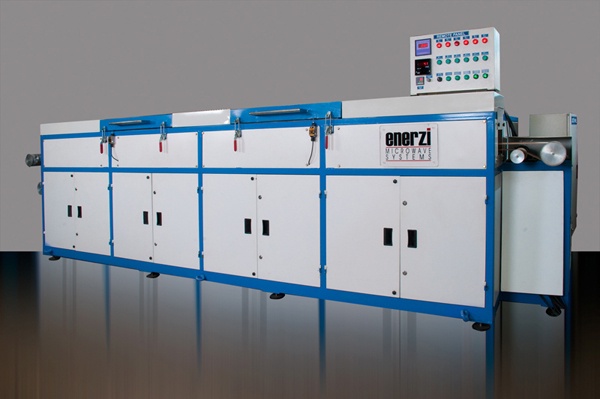Environmental sustainability in rubber manufacturing is an increasingly important focus for the industry as the world seeks to address environmental challenges and reduce its carbon footprint. Rubber manufacturing processes can have significant environmental impacts, from raw material extraction to production and disposal. In this article, we will explore key aspects of environmental sustainability in rubber manufacturing and the steps being taken to minimize the industry's environmental footprint.
- Sustainable Raw Material Sourcing: One of the foundational elements of environmentally sustainable rubber manufacturing is responsible sourcing of raw materials. Rubber can be sourced from natural rubber latex or synthetic rubber compounds. Sustainable practices involve ensuring that natural rubber is harvested from responsibly managed rubber tree plantations that do not contribute to deforestation. For synthetic rubber, the focus is on reducing the environmental impact of chemical production processes and utilizing recycled or bio-based materials whenever possible.
- Efficient Use of Resources: Rubber manufacturing processes often require significant amounts of water, energy, and other resources. Sustainable practices involve optimizing resource usage to reduce waste and energy consumption. Water recycling and reuse, energy-efficient equipment, and waste reduction programs are examples of measures taken to minimize resource use.
- Reduced Emissions: Emissions from rubber manufacturing can include greenhouse gases, volatile organic compounds (VOCs), and other pollutants. To address this, manufacturers are adopting cleaner and more energy-efficient technologies, such as low-emission vulcanization processes and emission control systems. Reducing emissions not only benefits the environment but also helps meet regulatory requirements.
- Waste Reduction and Recycling: Rubber manufacturing generates various types of waste, including scrap rubber, off-spec products, and wastewater. Sustainable practices include recycling and reusing these materials whenever possible. Scrap rubber can be recycled into new products, and wastewater treatment systems can help minimize environmental impact.
- Sustainable Materials and Alternatives: Manufacturers are exploring sustainable rubber materials and alternatives to traditional rubber compounds. This includes using recycled rubber from old tires in new products, developing bio-based rubber materials, and researching alternative materials that have a lower environmental footprint.
- Renewable Energy Sources: Transitioning to renewable energy sources, such as solar and wind power, can significantly reduce the carbon footprint of rubber manufacturing facilities. Many companies are investing in renewable energy infrastructure to power their operations sustainably.
- Product Design for Sustainability: The design of rubber products plays a crucial role in sustainability. Designing products that last longer, are easier to recycle, and have a lower environmental impact during their lifecycle is a key consideration. This involves selecting materials that can be recycled or biodegraded and reducing the use of harmful chemicals in the manufacturing process.
- Life Cycle Assessment (LCA): Conducting a life cycle assessment of rubber products is essential for understanding their environmental impact throughout their lifecycle. LCAs help identify areas where improvements can be made, whether it's in the production phase, transportation, or disposal.
- Compliance with Environmental Regulations: Adherence to environmental regulations and standards is fundamental to sustainable rubber manufacturing. Staying up-to-date with and complying with environmental laws helps prevent pollution, protect ecosystems, and ensure that manufacturing practices are environmentally responsible.
- Green Certifications: Many rubber manufacturers seek green certifications and labels, such as ISO 14001 (Environmental Management System) and LEED (Leadership in Energy and Environmental Design), to demonstrate their commitment to sustainability. These certifications often require companies to meet specific environmental performance standards.
- Education and Training: Providing education and training to employees on environmentally sustainable practices is essential. This ensures that all staff are aware of the company's environmental goals and are equipped to implement sustainable practices in their daily work.
In conclusion, environmental sustainability in rubber manufacturing is becoming increasingly vital as the world grapples with environmental challenges. The industry is making significant strides in reducing its environmental footprint by adopting responsible raw material sourcing, efficient resource use, emissions reduction, waste reduction and recycling, and innovative product design. These efforts not only benefit the environment but also align with the expectations of consumers and regulators who are increasingly prioritizing sustainability. As technology and innovation continue to advance, the rubber industry will likely find even more ways to enhance its environmental sustainability efforts.
The Benefits of Using a Microwave Preheater for Rubber Profile Manufacturing
Revolutionize your rubber molding process with our cutting-edge Microwave Rubber Mould Preheating Systems! Experience faster, more efficient preheating for superior results.


No comments yet